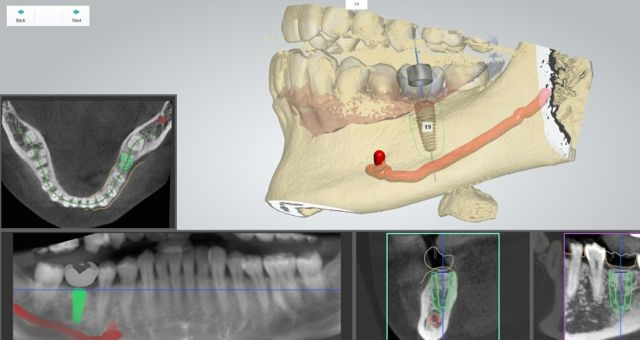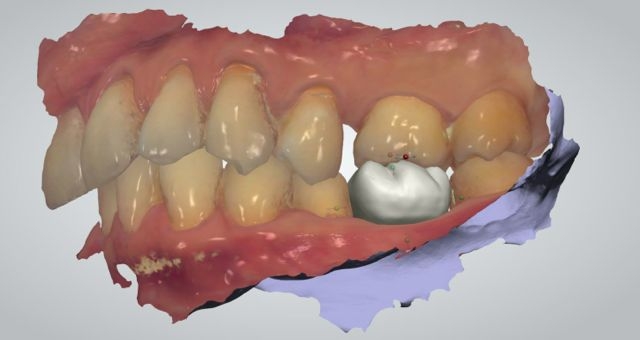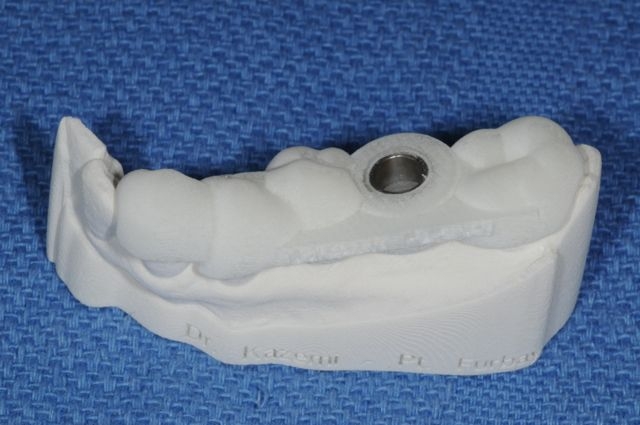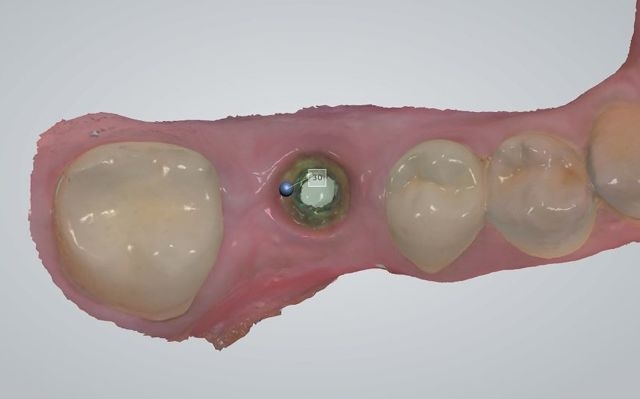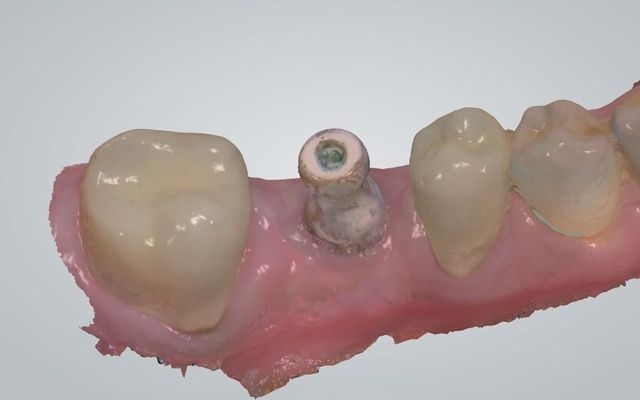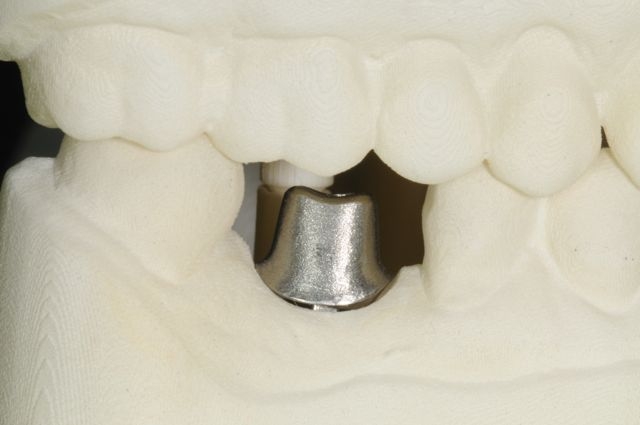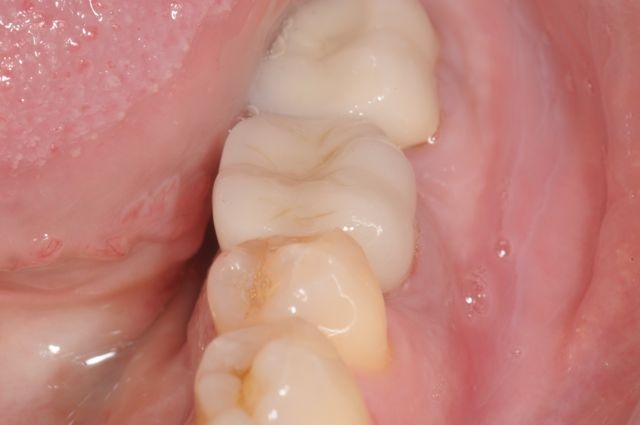Digital work-up and computer-assisted implant dental implant planning allows safe and precise placement of dental implants. This in-turn eliminates complications associated with poor implant positioning and orientation. Using this approach, the entire surgical and restorative treatment plans are designed BEFORE any procedures are performed on patients. In-addition, patients can complete their treatment in less time and visits with great accuracy and remarkable results.
The benefits of digital implant dentistry include:
- Improved surgical and restorative diagnostics
- Precise positioning of dental implants
- Improved accuracy of surgical and restorative plan
- Determine appropriate implant width and length
- Eliminate risks of injuries to nerves
- Eliminate risks of injuries to adjacent teeth
- Eliminate penetration into maxillary sinus (for implants in the back of the upper jaw
- Less visits for patients
- Shorter treatment time
The Treatment Process:
- A cone beam CT scan (CBCT) is obtained for 3-dimensional image of the jaw bone and related structures:
- A digital impression of patient’s teeth and gum tissue is obtained using an intra-oral scan:
- The CBCT and the digital intra-oral scan are then combined to represent the relationship of the jaw bone to teeth and gum tissue.
- The planned restorations are then drawn digitally into the 3-dimensional model. This is essentially the digital prototype of the final prosthesis.
- Digital dental implants are then placed and adjusted until they are perfectly positioned within the confines of the restoration and the supporting bone. The implant diameter and length are precisely selected to assure an optimal and safe position in relation to surrounding nerves, sinuses, and adjacent teeth:
- Fabrication of a CAD / CAM surgical guide using the final digital work-up. The surgeon uses this surgical guide to position the implant precisely and according to the 3-dimensional work-up:
- Scanning of the implant and the its supporting gum tissue using special scan posts:
- A digital customized abutment is designed by laboratory and milled using CAD /CAM technology:
- The crown is fabricated and delivered to patient during a single visit:
